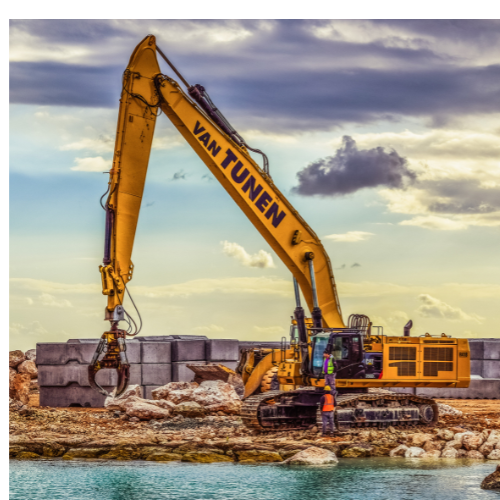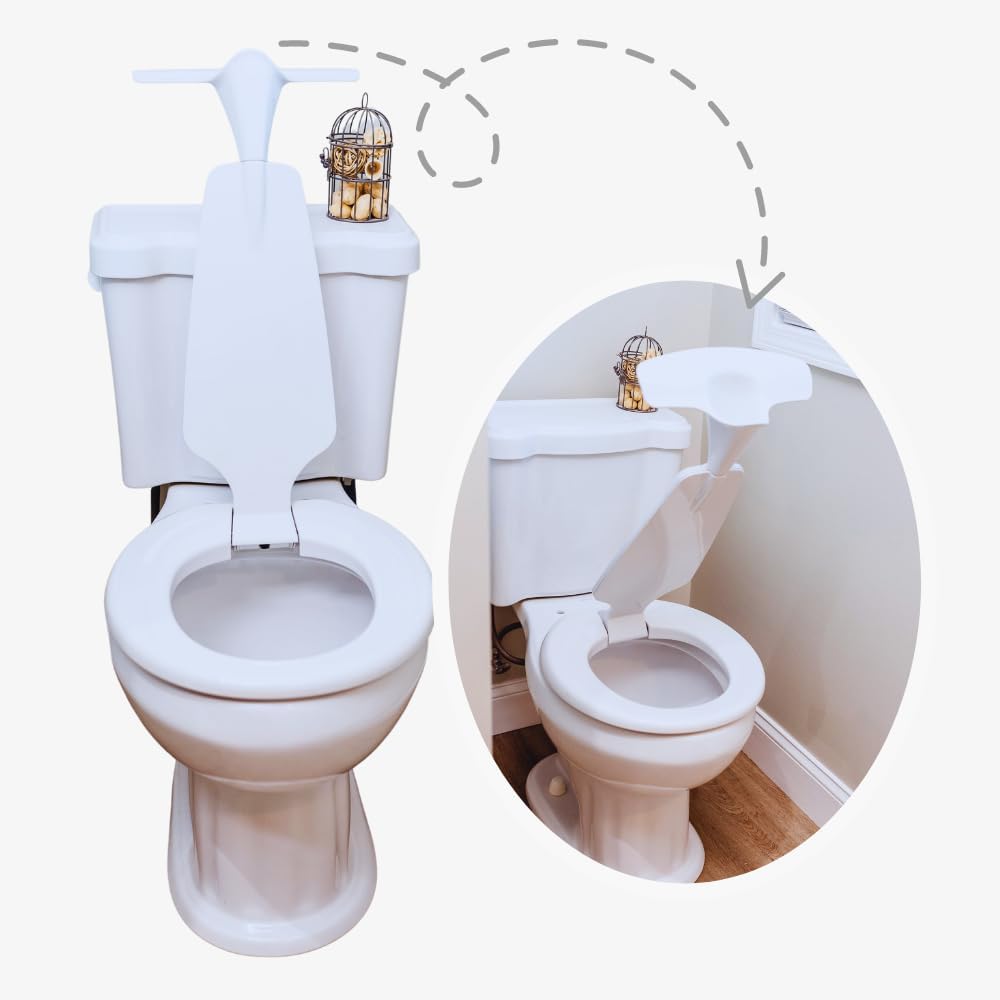The Importance of Modular Construction for Homes

Modular construction has revolutionized the building industry by introducing a faster, more efficient, and often more sustainable way to create homes and other structures. By constructing building components in a controlled factory environment and then assembling them on-site, modular construction offers numerous advantages over traditional construction methods. This article delves into the significance of modular construction for homes, exploring its history, benefits, challenges, and future prospects.
What is Modular Construction?
Basic Concepts
Modular construction involves creating building sections, or modules, in a factory setting. These modules are then transported to the construction site where they are assembled into a complete building. Each module is designed to fit together perfectly, ensuring structural integrity and aesthetic coherence.
Differences from Traditional Construction
Unlike traditional construction, where the building is constructed on-site from start to finish, modular construction allows for simultaneous site preparation and module fabrication. This parallel process can significantly reduce the overall construction timeline.
Types of Modular Construction
- Permanent Modular Construction (PMC): These structures are intended to remain in one location and are built to the same standards as site-built buildings.
- Relocatable Buildings: Also known as temporary modular buildings, these structures are designed to be moved and reused multiple times.
Historical Context
Early Examples of Modular Construction
Modular construction isn’t a new concept. Early examples can be traced back to the prefabricated homes of the 19th century, such as the Sears Catalog Homes in the United States, which allowed customers to order homes that were then shipped and assembled on-site.
Evolution Over Time
Over the decades, modular construction has evolved significantly. Advances in technology and materials have allowed for more complex and aesthetically pleasing designs, as well as improved durability and sustainability.
Key Milestones in Modular Construction History
- 1940s: Post-World War II housing shortages led to a surge in modular home production.
- 1970s: The oil crisis spurred innovations in energy-efficient modular homes.
- 2000s: Increased focus on sustainability and green building practices boosted the popularity of modular construction.
Technical Specifications
Materials Used
Modular homes are constructed using a variety of materials, including wood, steel, and concrete. The choice of materials depends on the design requirements, intended use, and environmental considerations.
Design and Engineering Standards
Modular buildings must comply with the same local building codes and standards as site-built structures. This includes considerations for structural integrity, fire safety, energy efficiency, and more.
Manufacturing Processes
The manufacturing process for modular homes involves precision engineering and quality control. Modules are built in a factory setting, which allows for a higher degree of control over the construction environment, reducing the risk of delays due to weather and other external factors.
Applications of Modular Construction
Residential Homes
One of the most common applications of modular construction is in the creation of residential homes. These homes can range from small, single-family dwellings to large, multi-family complexes.
Commercial Buildings
Modular construction is also used extensively in the commercial sector. Office buildings, retail spaces, and other commercial structures can be quickly and efficiently constructed using modular methods.
Educational Facilities
Schools and other educational institutions benefit from the speed and flexibility of modular construction. This approach allows for rapid expansion and the creation of temporary classrooms or permanent buildings.
Healthcare Buildings
Hospitals, clinics, and other healthcare facilities often utilize modular construction to quickly add capacity or create temporary structures in response to emergencies.
Hospitality Industry
Hotels and resorts can be constructed using modular methods, allowing for faster opening times and reduced disruption during construction.
Disaster Relief and Temporary Housing
Modular construction is particularly valuable in disaster relief scenarios, where there is an urgent need for temporary housing and other facilities.
Benefits of Modular Construction
Speed of Construction
One of the most significant advantages of modular construction is the speed with which buildings can be completed. Because modules are built in a factory while site preparation occurs simultaneously, the overall construction timeline can be drastically reduced.
Cost Efficiency
Modular construction can be more cost-effective than traditional methods due to reduced labor costs, fewer delays, and less waste. The controlled factory environment also allows for bulk purchasing of materials, further driving down costs.
Quality Control
Building modules in a factory setting allows for rigorous quality control measures. Each module undergoes thorough inspections before being transported to the site, ensuring high standards of workmanship.
Environmental Impact
Modular construction is often more environmentally friendly than traditional construction. The factory setting reduces waste, and the ability to use sustainable materials and practices contributes to lower environmental impact.
Flexibility and Scalability
Modular buildings can be easily expanded or reconfigured, making them highly adaptable to changing needs. This flexibility is particularly beneficial for commercial and educational facilities that may require frequent modifications.
Safety Improvements
The controlled factory environment of modular construction reduces the risk of accidents and injuries associated with traditional construction sites. Additionally, the reduced time on-site minimizes exposure to potential hazards.
Challenges and Limitations
Initial Cost and Investment
While modular construction can be cost-effective in the long run, the initial investment can be higher than traditional construction. This is due to the need for specialized manufacturing facilities and transportation logistics.
Perception and Acceptance
There can be a stigma associated with modular homes, with some people perceiving them as lower quality or less desirable than site-built homes. Overcoming these perceptions requires education and demonstration of the benefits and quality of modular construction.
Transportation and Logistics
Transporting large modules to the construction site can pose logistical challenges, especially for remote or difficult-to-access locations. This requires careful planning and coordination.
Regulatory and Zoning Issues
Modular construction must comply with local building codes and zoning regulations, which can vary widely. Navigating these regulations can be complex and time-consuming.
Latest Innovations in Modular Construction
Advanced Materials and Techniques
Recent advancements in materials science and construction techniques have significantly enhanced the capabilities of modular construction. This includes the use of lightweight yet strong materials and advanced manufacturing processes.
Smart Homes and Technology Integration
The integration of smart home technology into modular homes is becoming increasingly common. This includes features such as automated lighting, climate control, and security systems.
Sustainable and Green Building Practices
Sustainability is a major focus in modern modular construction. Innovations include the use of renewable energy sources, energy-efficient designs, and sustainable building materials.
3D Printing and Automation
3D printing technology and automation are poised to revolutionize modular construction. These technologies can further reduce construction times and costs while allowing for greater customization and precision.
Future Prospects of Modular Construction
Predictions for Industry Growth
The modular construction industry is expected to continue growing rapidly. Factors driving this growth include the increasing demand for affordable housing, the need for rapid construction solutions, and advancements in construction technology.
Potential Market Expansion
There is significant potential for market expansion, particularly in urban areas facing housing shortages. Modular construction offers a viable solution to quickly and efficiently meet the demand for new housing.
Role in Urbanization and Housing Shortages
As urbanization continues to accelerate, modular construction will play a crucial role in addressing housing shortages. Its ability to quickly provide high-quality housing makes it an attractive option for urban developers.
Innovations on the Horizon
Future innovations in modular construction may include even more advanced materials, greater integration of smart technologies, and the use of robotics and AI to further streamline the construction process.
Comparative Analysis
Modular Construction vs. Traditional Construction
Modular construction offers numerous advantages over traditional construction, including speed, cost efficiency, and quality control. However, it also has unique challenges, such as transportation logistics and initial investment costs.




